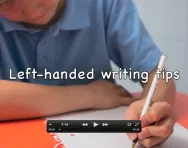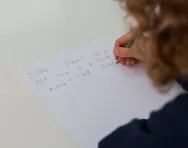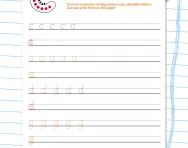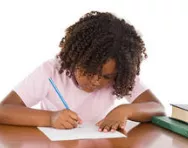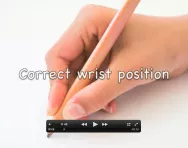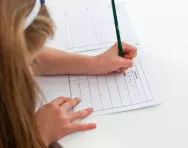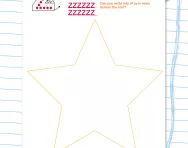TheSchoolRun.com closure date
As we informed you a few months ago, TheSchoolRun has had to make the difficult decision to close due to financial pressures and the company has now ceased trading. We had hoped to keep our content available through a partnership with another educational provider, but this provider has since withdrawn from the agreement.
As a result, we now have to permanently close TheSchoolRun.com. However, to give subscribers time to download any content they’d like to keep, we will keep the website open until 31st July 2025. After this date, the site will be taken down and there will be no further access to any resources. We strongly encourage you to download and save any resources you think you may want to use in the future.
In particular, we suggest downloading:
- Learning packs
- All the worksheets from the 11+ programme, if you are following this with your child
- Complete Learning Journey programmes (the packs below include all 40 worksheets for each programme)
You should already have received 16 primary school eBooks (worth £108.84) to download and keep. If you haven’t received these, please contact us at [email protected] before 31st July 2025, and we will send them to you.
We are very sorry that there is no way to continue offering access to resources and sincerely apologise for the inconvenience caused.
Video: Right-handed handwriting tips and expert advice
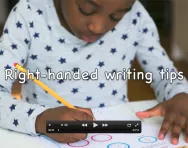
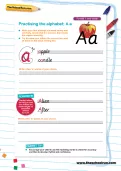
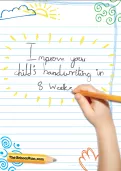
Improve handwriting in 10 minutes a day
- Step-by-step handwriting guide
- Over 200 worksheets
- From patterning to cursive
Advice and tips to help right-handed children with their handwriting, from Occupational Paediatric Therapist Catherine Elsey from the National Handwriting Association.
How to help your right-handed child with handwriting
It's often assumed that, compared to lefties, right-handed children find it easier to master the art of neat, fluent and comfortable handwriting. But while it's true that writing left-handed can pose specific difficulties, many of the 90 per cent of children who use their right hands will also have some trouble with their handwriting.
Try these tips for helping your rightie to get to grips with handwriting.
- Master the dynamic tripod pencil grasp. This means pinching the pencil between thumb and forefinger, with the middle finger behind the pencil shaft, acting as a shelf. The muscle group formed by these three fingers should be able to move smoothly, and independently of the other two fingers.
- Keep the wrist stable. When your child is holding their pencil correctly, they should be able to write while keeping their wrist resting on the paper, beneath the writing line. They shouldn't need to move their wrist or shoulder.
- Position the paper at an angle. Right-handed children should sit with their paper slightly to the right of the centre of their body, and angled slightly upwards. This helps them to see the nib of the pencil as they write.
- Use lines. Writing on lined paper will help your child to keep their letters evenly sized and spaced.
- Don't squeeze too tight – or press too hard. Many children, especially when they're learning to write, try to control their pencil by gripping it too firmly, or pressing too hard on the paper. If they get their pencil grasp right, they won't need to grip or press so hard. Look out for signs like white knuckles, a tense, achy hand, or indentations on the paper, and encourage your child to correct their grip.
- Consider a handwriting aid. Pencil grips, writing slopes and other writing tools may help your child to write more easily - speak to their teacher for advice.
